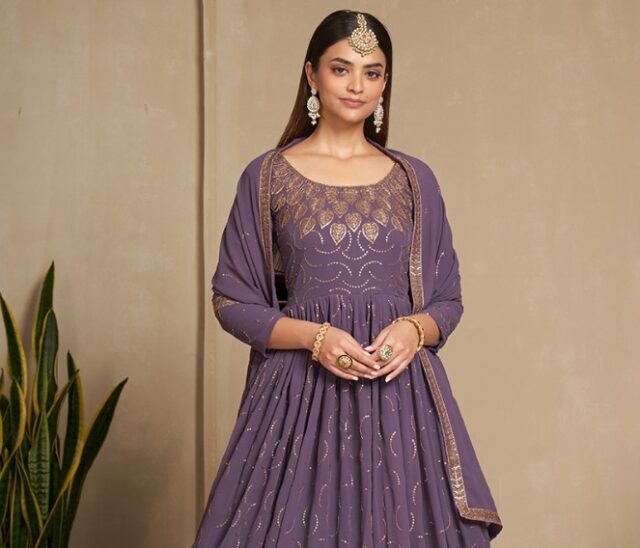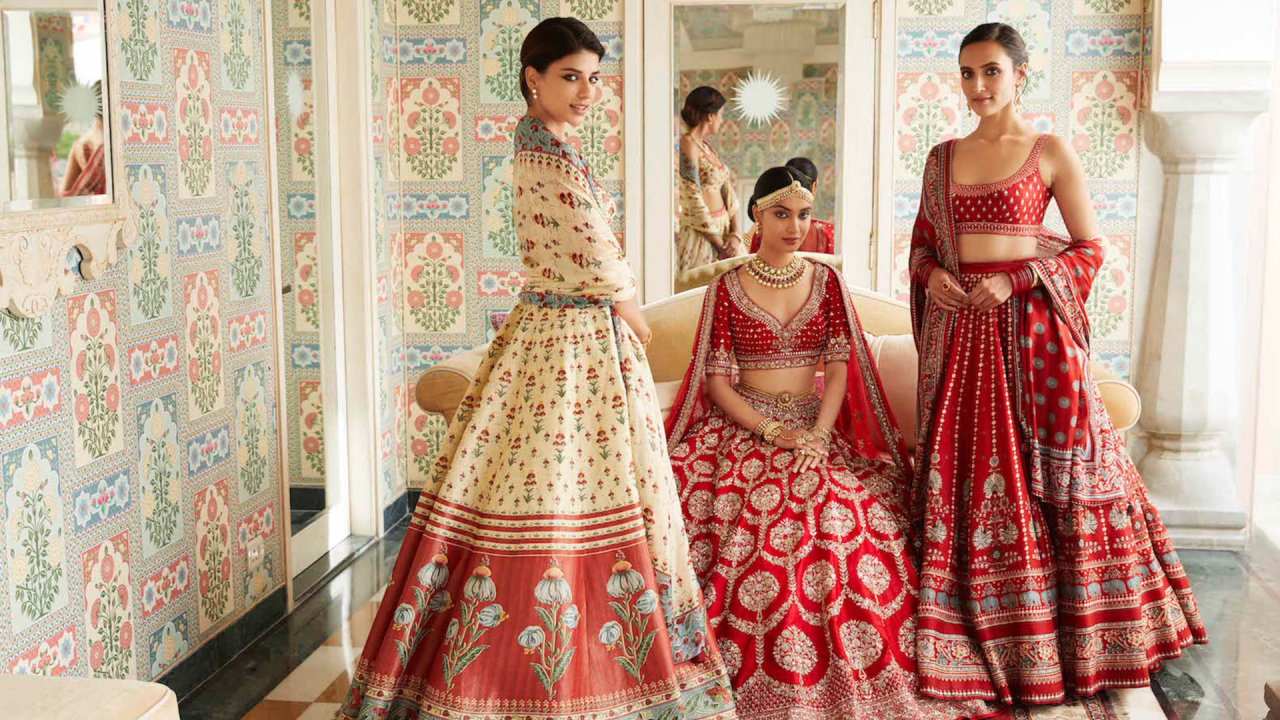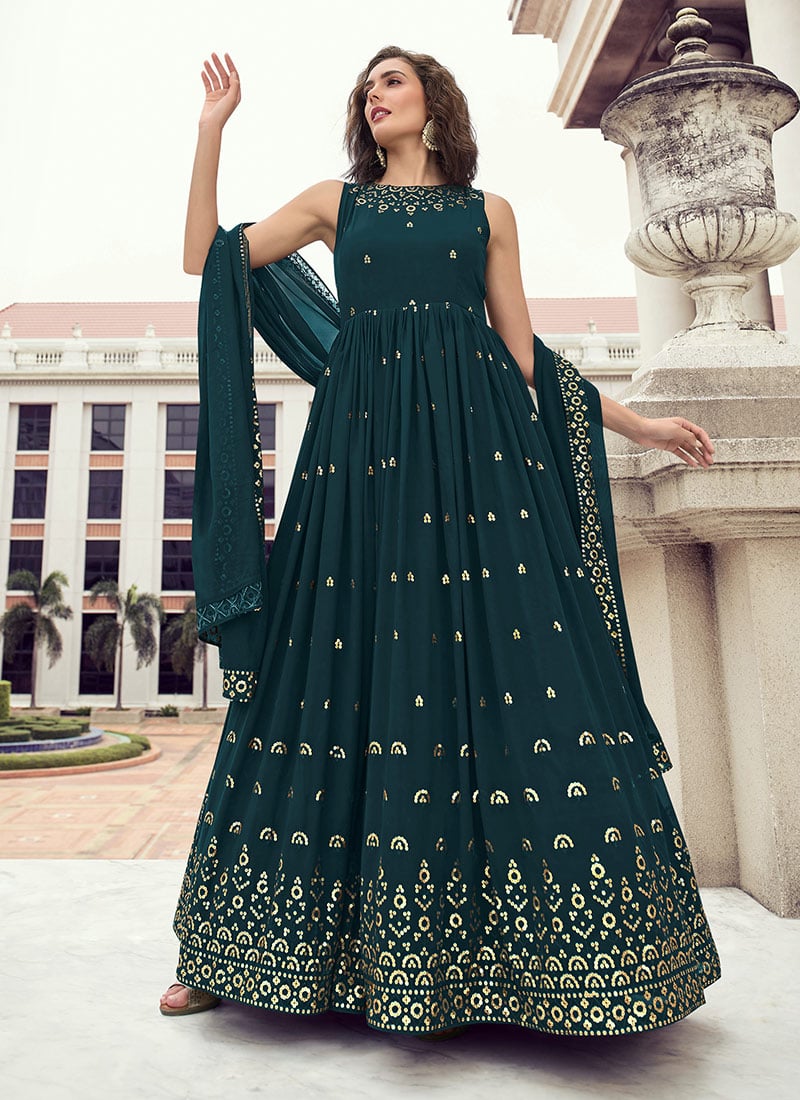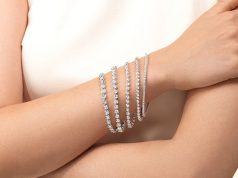
Do you know how old the Indian clothing fashion industry is?
It appears that the origins of traditional Indian clothing can be traced back to the Indus Valley Civilization, also known as the Bronze Age Civilization. This era, spanning from around 3300 BCE to 1300 BCE, has provided evidence of some of the earliest forms of Indian fashion attire.
The evolution from these early beginnings to the vibrant tapestry of Indian fashion we see today was gradual and influenced by many cultural and historical shifts. Post the Indus Valley Civilization, Indian attire continued to evolve through various dynasties and empires, each leaving a distinctive mark on the styles and fabrics used.
Over the centuries, it has evolved, blending tradition with modernity and reflecting the nation’s changing ethos and sensibilities. This journey illustrates not just the evolution of style and materials but also reflects the intricate interplay of historical events, societal norms, and artistic expression.
It highlights how fashion in India is not merely about attire but a narrative of its rich heritage, diverse cultures, and dynamic societal transformations. Let’s delve into the Indian fashion’s rich tapestry that weaves together threads of culture, history, and innovation.
Ancient Beginnings of Indian Clothes

In ancient India, clothing wasn’t just functional; it was symbolic. The vibrant drapes of sarees and dhotis, often adorned with intricate embroideries and prints, were indicative of the wearer’s social status and region. This era was marked by the practicality of Indian clothing, considering the majority of the population comprised farmers and warriors, for whose fashion was a luxury.
Mughal Influence on Indian Clothing
The Mughal era marked a significant shift in Indian fashion, characterized by an increased focus on luxurious fabrics and intricate design. This period saw the emergence of richly adorned garments, with detailed prints and elaborate patterns becoming a staple in fashion. Intricate details and prints on silk became prominent.
Garments were not just clothing but a symbol of status and wealth. Fashion was thus reserved for the affluent, showcasing elaborate silk pieces, jewellery, lehengas, and sherwanis.
Colonial Era
The British era introduced Indians to Western attire, leading to a mix of Indian and Western styles. The “Angarkha” transformed into the “Sherwani,” symbolizing a fusion of cultures. The saree, a traditional Indian clothing, was sometimes replaced with Western-style dresses and gowns, especially among urban women.
The adoption of Western clothing by certain segments of Indian society became a symbol of social status and modernity. The British military introduced uniforms and military-inspired fashion.
Elements like brass buttons, epaulets, and khaki fabric found their way into civilian clothing. However, for the common man, fashion remained a form of injustice, hindering the independent growth of the Indian fashion industry for centuries.
Bollywood’s Golden Age

The rise of Bollywood in the mid-20th century brought Indian fashion to the global stage. Icons like Nargis, Madhubala, and Dilip Kumar became trendsetters, influencing the fashion choices of the masses.
The influence of Indian clothes and western mix has taken a good grip in the fashion world. The innovation happened around this mix to create a fashion of its own. This period was critical in shaping the Indian fashion industry, although it remained largely unorganized. Even today those trends are often found resurfacing.
Post-Independence Renaissance
After independence, there was a resurgence in indigenous textiles and craftsmanship. Public figures like Jawaharlal Nehru popularized garments such as the Nehru jacket, embracing Indian fabrics and silhouettes.
Not to forget the khadi movement that had started during the freedom struggle. After all these decades khadi again finds a huge acceptance amongst the modern generation.
Modern Period and Globalization
In the modern era, Bollywood continued to be a significant influence. The advent of the internet, TV, and other forms of media globalized Indian fashion. The 90s and beyond saw Indians adopting more comfortable clothing like shorts, capris, and floral gowns, moving away from traditional ethnic wear. The Indo-Western Fusion dress, combining the elegance of salwar kameez with the practicality of denim jeans, became a staple.
Digital Revolution
The digital age has revolutionized fashion accessibility. Shopping for Indian clothing online, virtual shows, and influencer collaborations have transformed how people engage with fashion. This era has seen more growth in fashion than any other, with a particular focus on quality and sustainability.
Fusion Trends
The current fashion landscape in India clothes is a fusion of all its historical trends – British, ancient, and modern Western influences. This unique style is what makes Indian clothing sought after internationally. Moreover, the revival of traditional Indian clothes, art and crafts has led to the popularization of ethnocultural looks, alongside then corporate style brought by IT advancements.
Today’s Trends
The latest trends of Indian clothes’ online fashion are all set to make every Indian proud. The evident shift is taking place in the direction of sustainable fashion. This is being achieved in two ways; one is, repurposing of old, ethnic fashion into new outfits with modern designs like gowns and lehengas from sarees. The second is, going ‘green’ in fashion by making a conscience choice of fabrics that are eco-friendly with minimalistic glamour.
In summary, the evolution of fashion for Indian clothes is a testament to the country’s dynamic cultural journey. From ancient traditions to modern innovations, Indian fashion continues to captivate the world, celebrating its heritage while embracing future trends.
Which part of this evolutionary story do you resonate the most? Which trend and fashion do you think was perfectly placed in the time zone of evolution? Which fashion do you wish should have been more prevalent today? Think fashion, think Indian clothing online!













